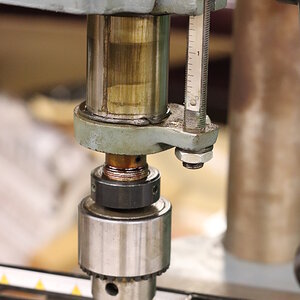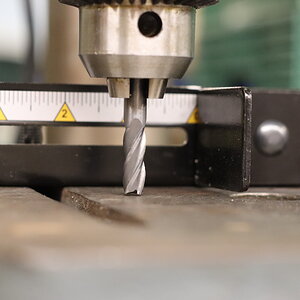Osmer_Toby
TPF Noob!
- Joined
- Jun 4, 2003
- Messages
- 1,767
- Reaction score
- 5
alright- here's another one for ya:
i want to connect my laptop to a desktop monitor to do my final edits- i tried it, seems that the image quality on the desktop mirrors that of the laptop, despite its greater res capability. is there some kind of setting in the control panel of the laptop i need to tweak?
i want to connect my laptop to a desktop monitor to do my final edits- i tried it, seems that the image quality on the desktop mirrors that of the laptop, despite its greater res capability. is there some kind of setting in the control panel of the laptop i need to tweak?



![[No title]](/data/xfmg/thumbnail/36/36398-33d875428a7eefdf5b31188ec0f555a5.jpg?1619737551)





![[No title]](/data/xfmg/thumbnail/36/36395-66eaff4565ecf4245f13a9c469a9273b.jpg?1619737548)

![[No title]](/data/xfmg/thumbnail/36/36394-700ff78d7b45c663863e641a9bcf1fe1.jpg?1619737548)

![[No title]](/data/xfmg/thumbnail/39/39184-d7e9fb25ed954af6adbcacfdf106df84.jpg?1619738904)